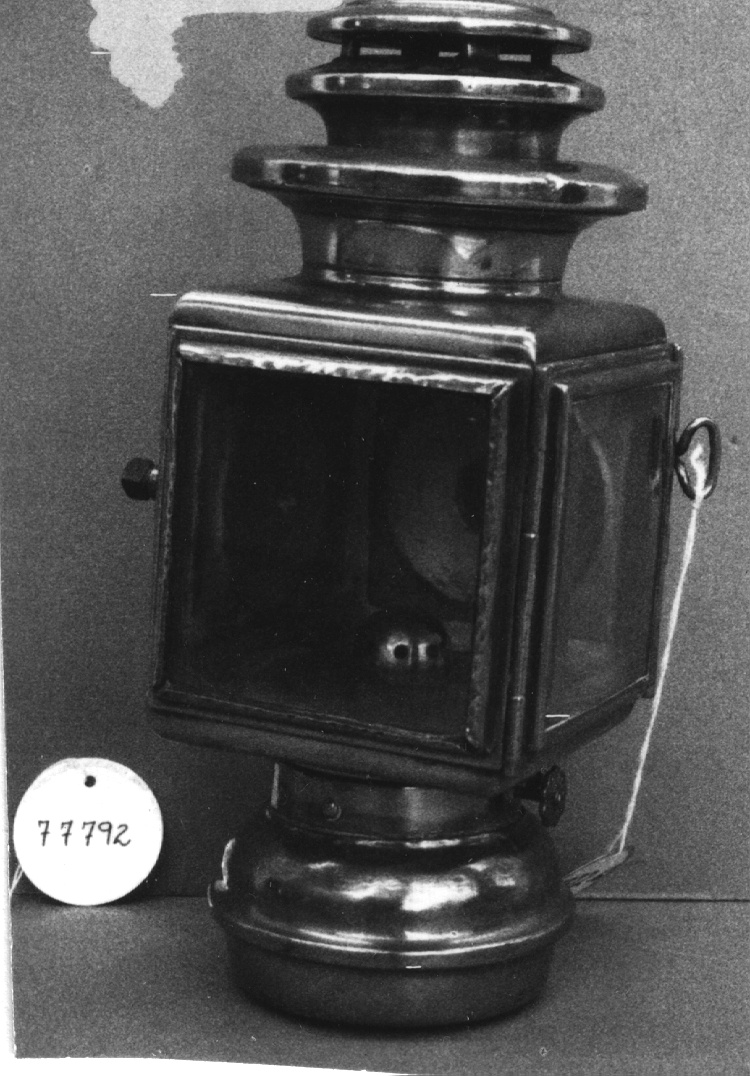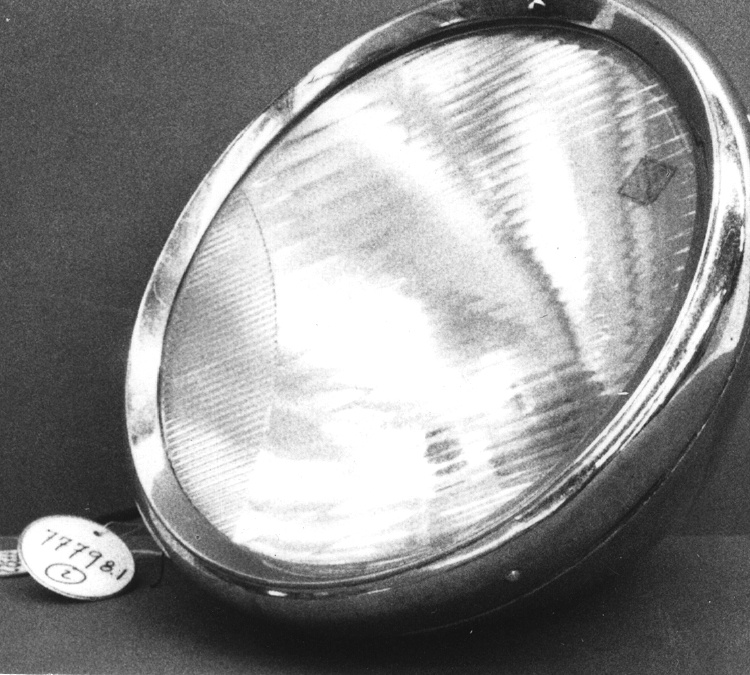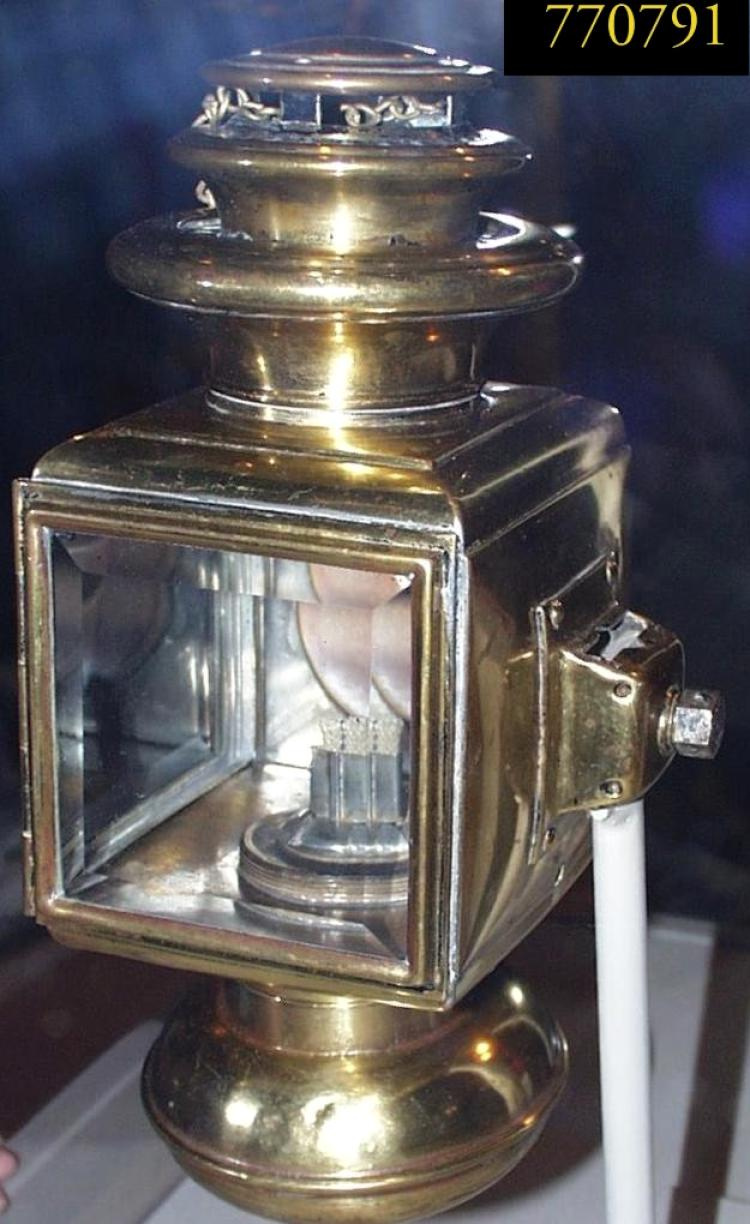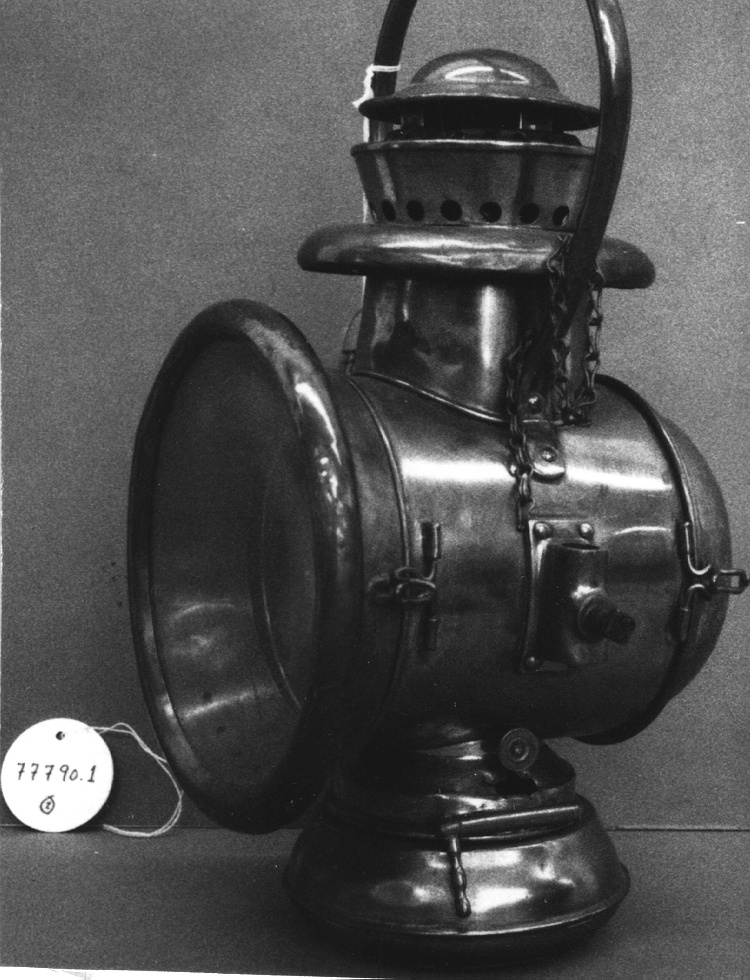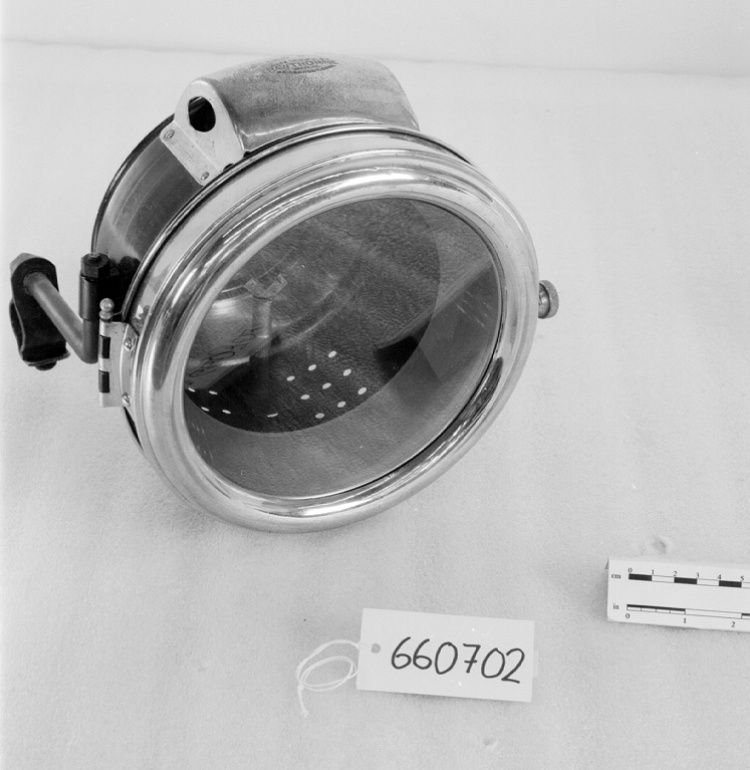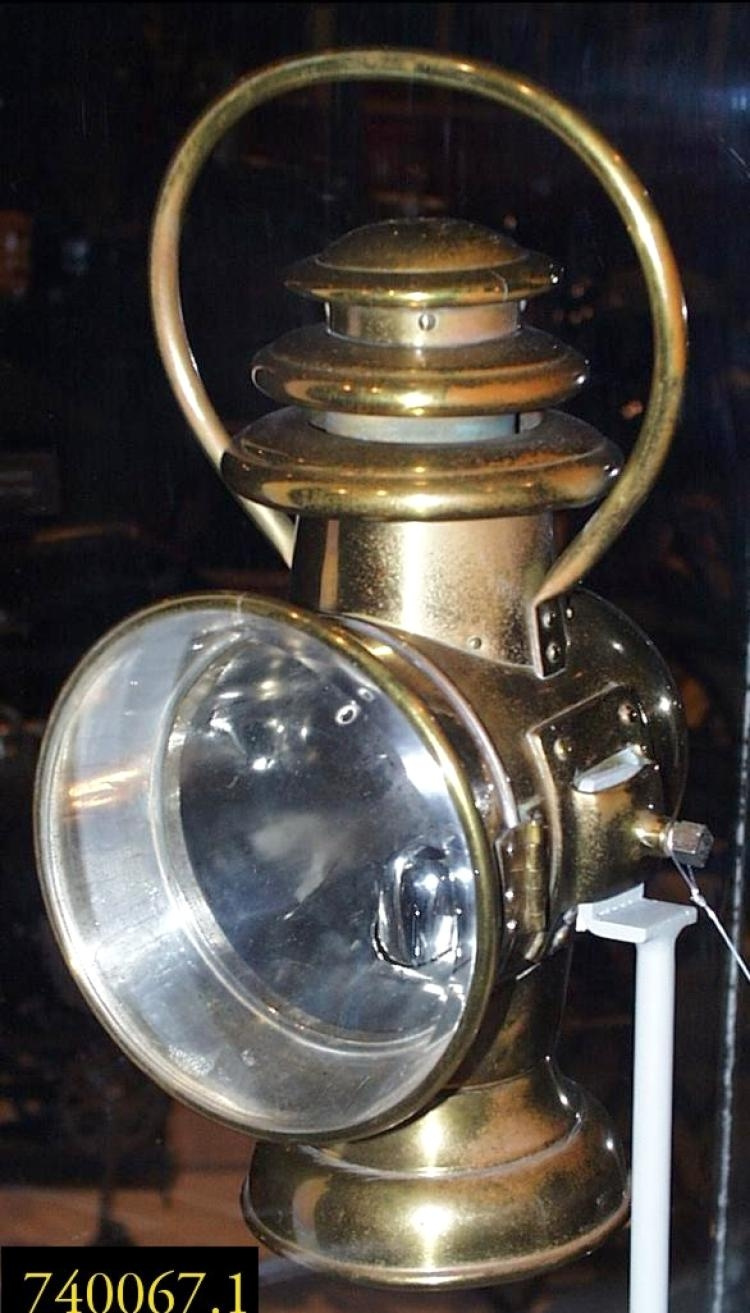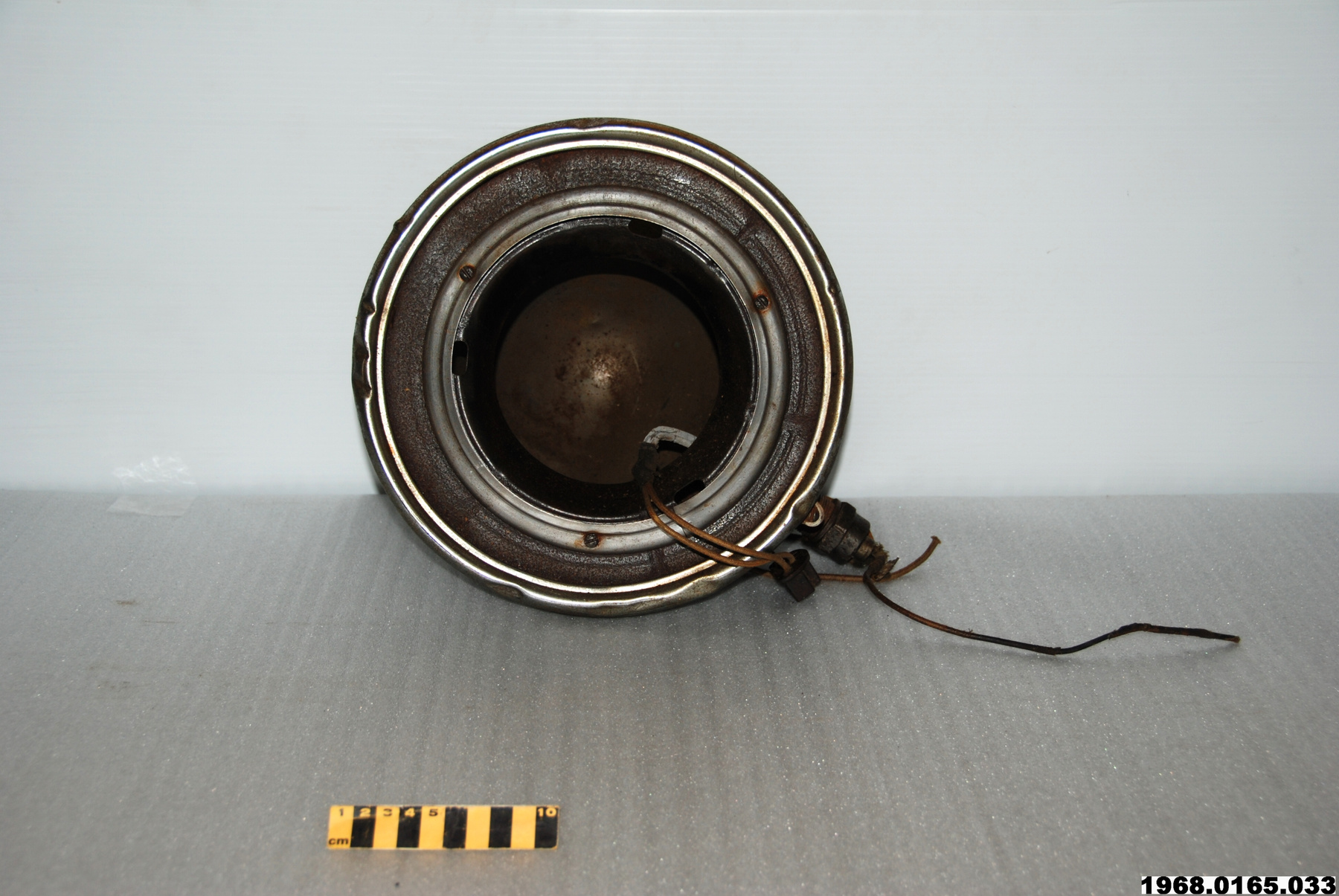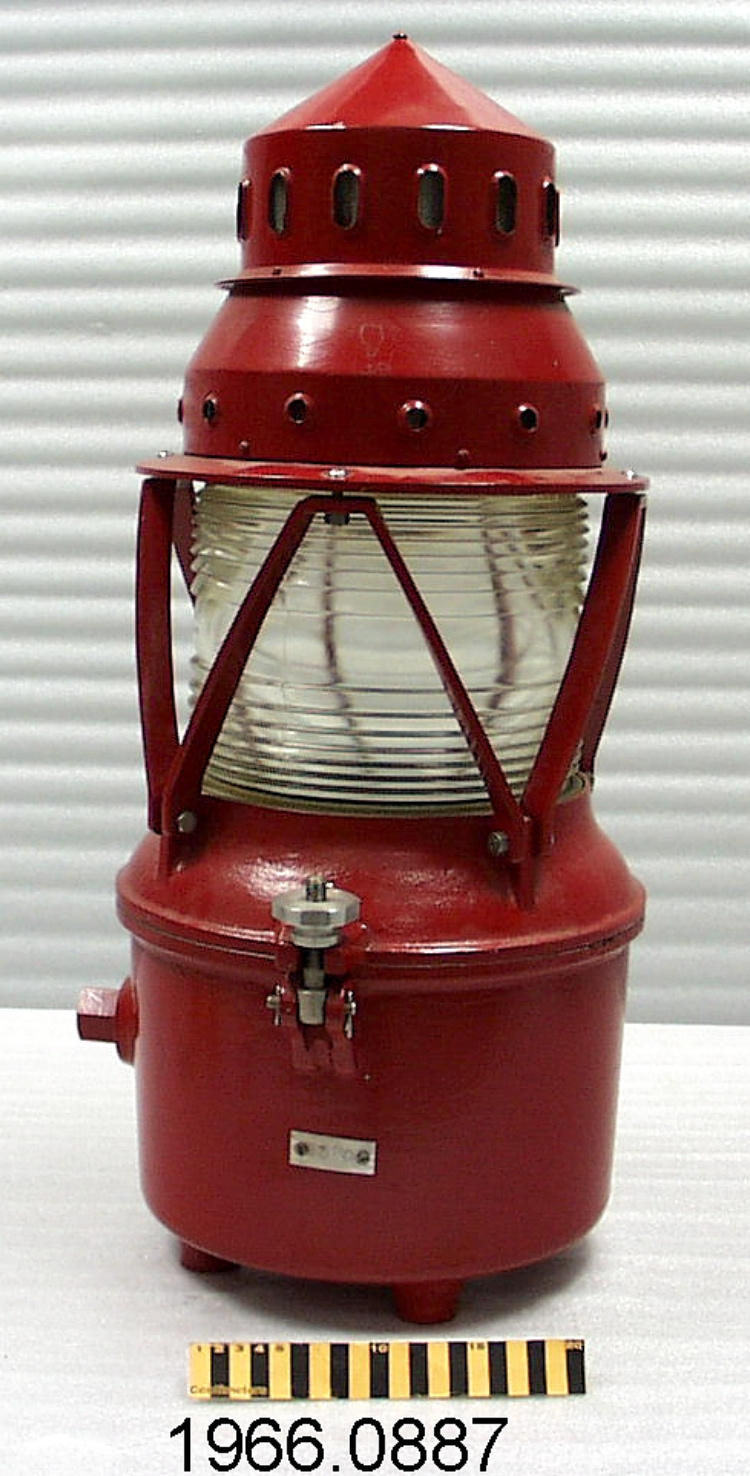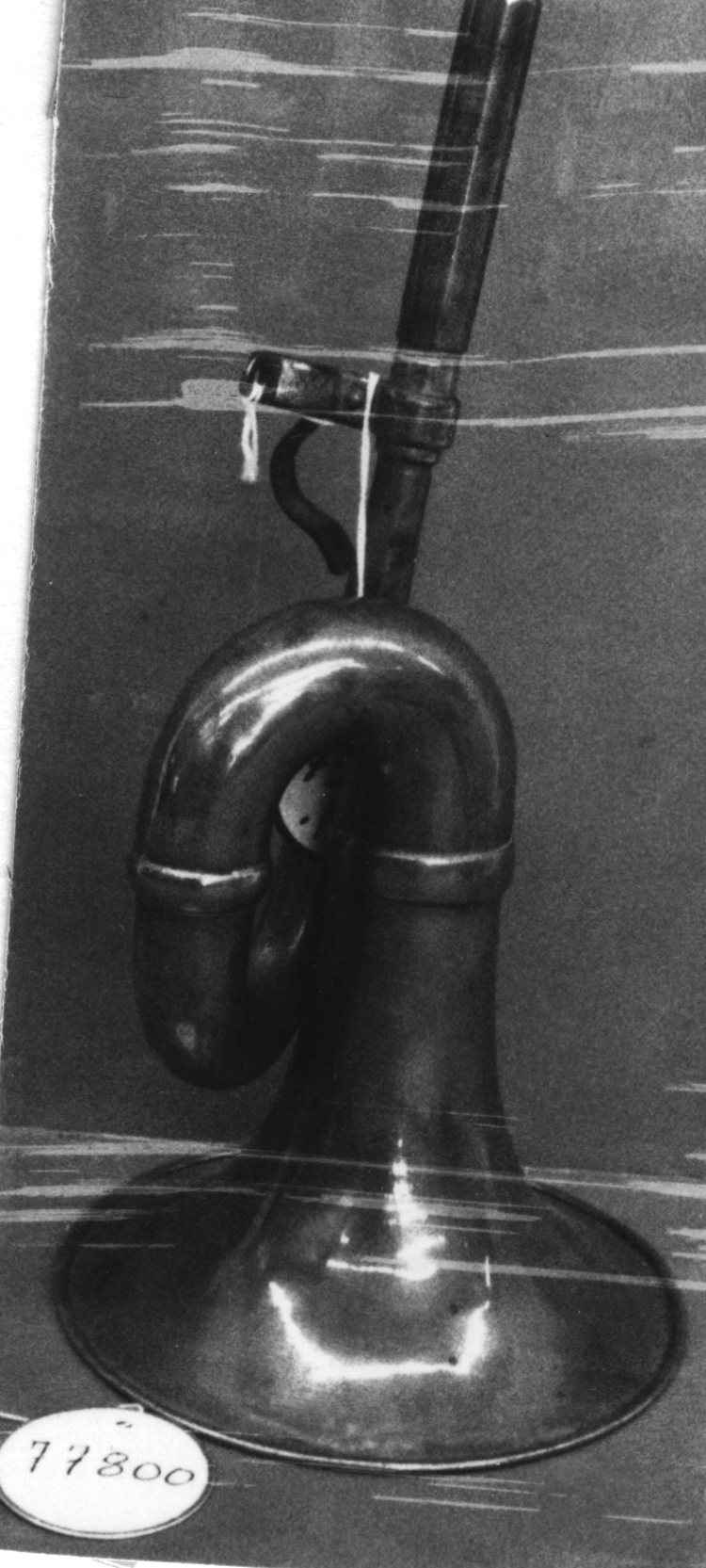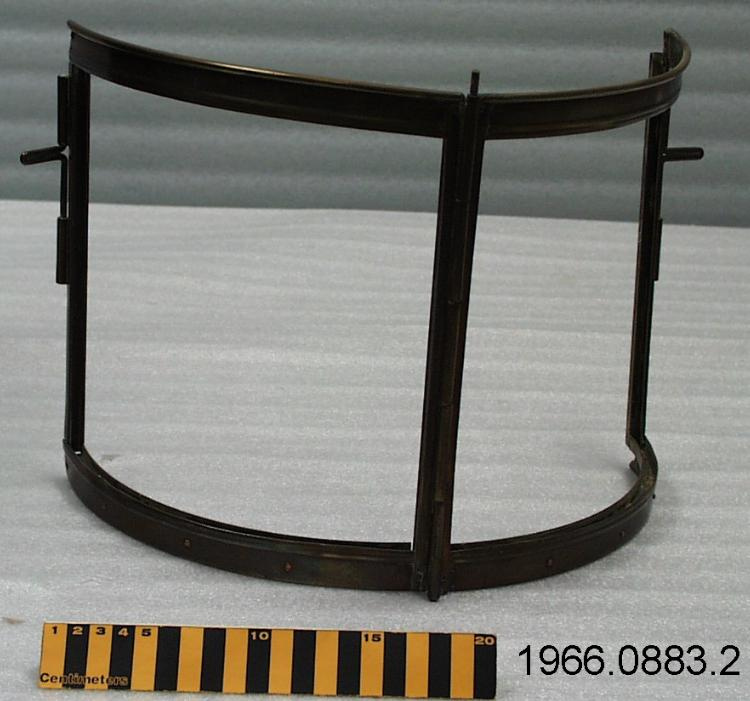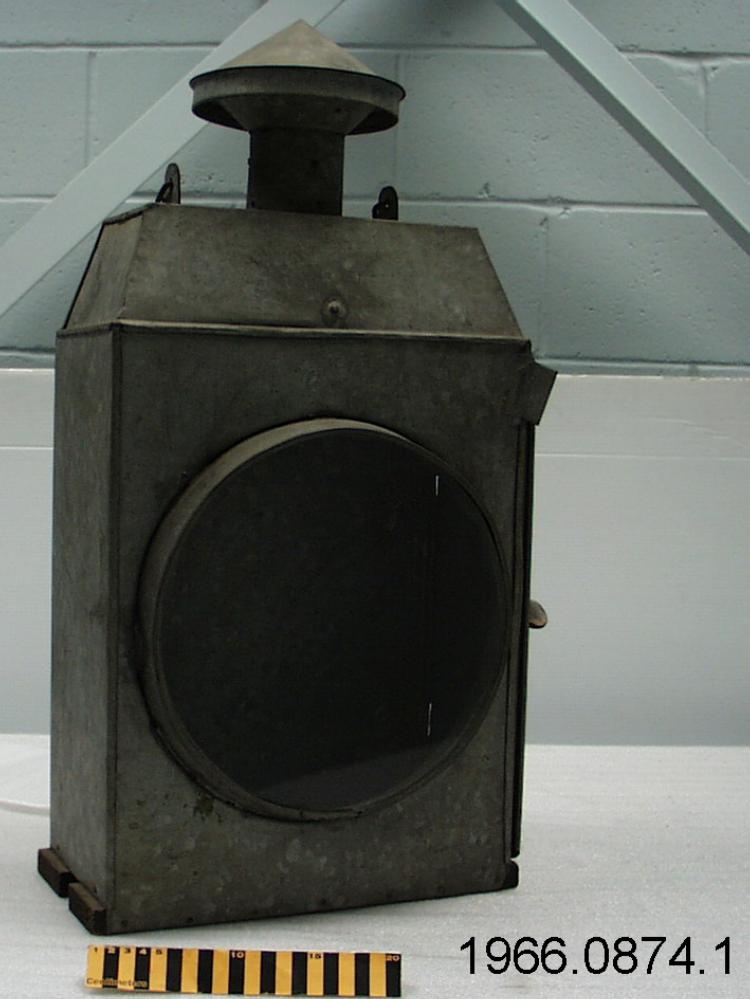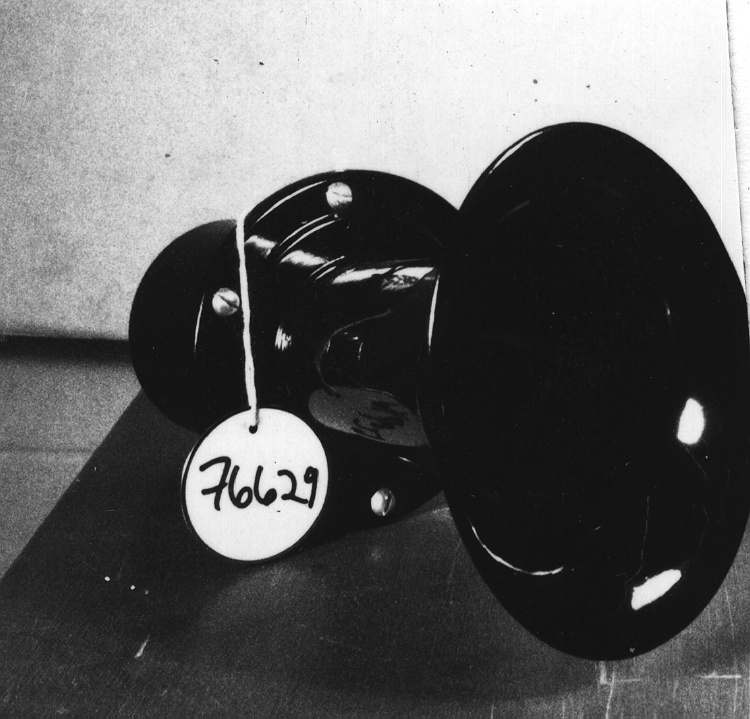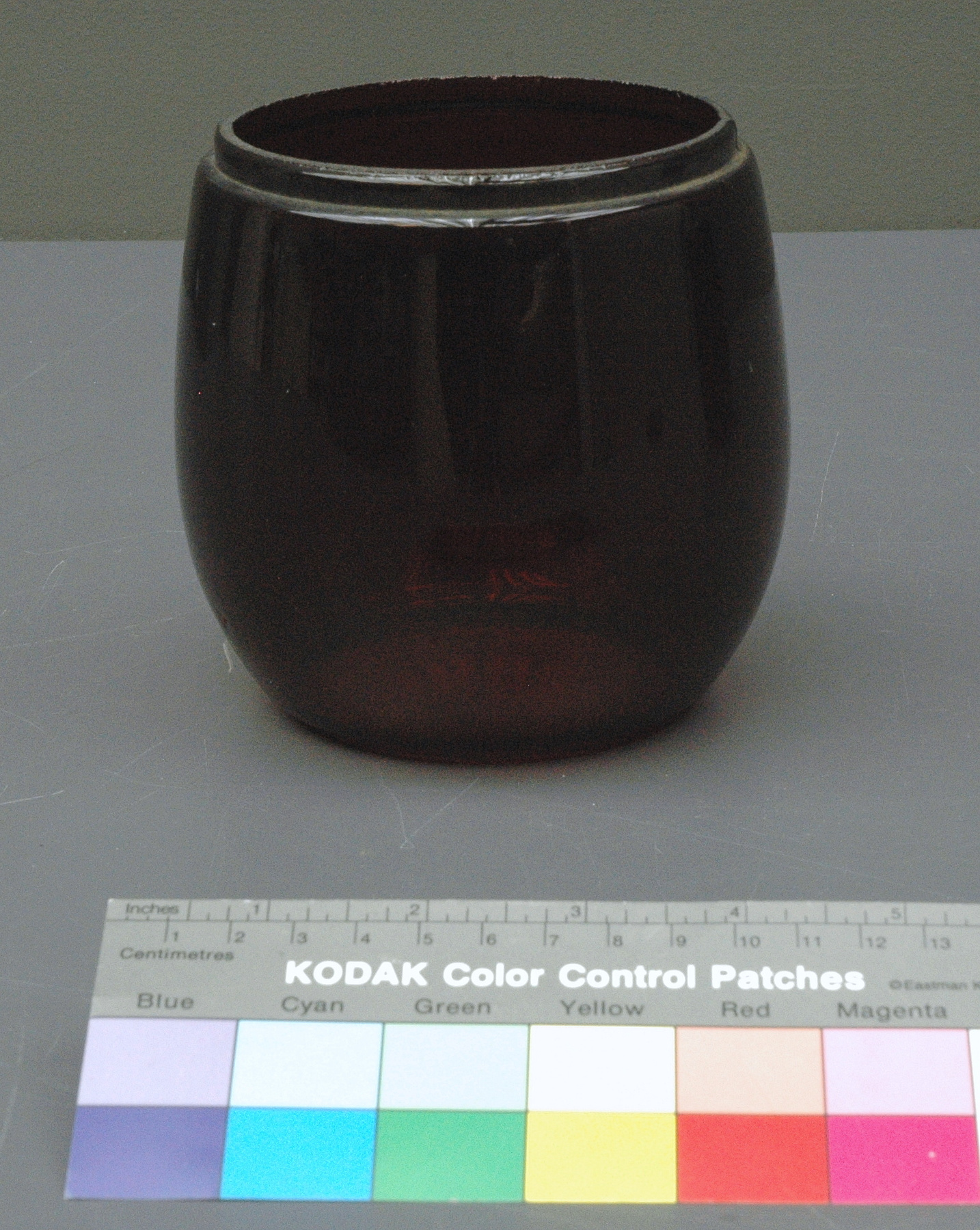Headlamp
Use this image
Can I reuse this image without permission? Yes
Object images on the Ingenium Collection’s portal have the following Creative Commons license:
Copyright Ingenium / CC BY-NC-ND (Attribution-NonCommercial 4.0 International (CC BY-NC 4.0)
ATTRIBUTE THIS IMAGE
Ingenium,
1977.0796.001
Permalink:
Ingenium is releasing this image under the Creative Commons licensing framework, and encourages downloading and reuse for non-commercial purposes. Please acknowledge Ingenium and cite the artifact number.
DOWNLOAD IMAGEPURCHASE THIS IMAGE
This image is free for non-commercial use.
For commercial use, please consult our Reproduction Fees and contact us to purchase the image.
- OBJECT TYPE
- AUTOMOTIVE
- DATE
- Unknown
- ARTIFACT NUMBER
- 1977.0796.001
- MANUFACTURER
- HALL, C.M. LAMP CO.
- MODEL
- 202
- LOCATION
- Detroit, Michigan, United States of America
More Information
General Information
- Serial #
- N/A
- Part Number
- 1
- Total Parts
- 1
- AKA
- N/A
- Patents
- N/A
- General Description
- Brass case/ metal lens holders/ glass lens/ electric bulb/ glass reflector/ synthetic electrical connector
Dimensions
Note: These reflect the general size for storage and are not necessarily representative of the object's true dimensions.
- Length
- N/A
- Width
- 17.5 cm
- Height
- 11.0 cm
- Thickness
- N/A
- Weight
- N/A
- Diameter
- N/A
- Volume
- N/A
Lexicon
- Group
- Lighting Technology
- Category
- Lighting devices
- Sub-Category
- N/A
Manufacturer
- AKA
- HALL
- Country
- United States of America
- State/Province
- Michigan
- City
- Detroit
Context
- Country
- Unknown
- State/Province
- Unknown
- Period
- Unknown
- Canada
-
Unknown - Function
-
A device used to provide light on the front of an automobile, both to make it visible to others and to allow those in the vehicle to see in front of them in low visibility or bad weather. - Technical
-
Before the advent of the automobile, horse drawn carriages were the primary mode of transportation. Candles and oil lamps were attached to the carriages in order to signal their presence. The automobile first appeared in the late 1880s but at first they were not equipped with lights; as a result, night time driving was not possible. The first lighting devices used on automobiles were oil (kerosene) lanterns, which served as a signal to other drivers of carriages and vehicles, as well as pedestrians. However, the oil lanterns did not illuminate the road, which was often in poor condition. In 1906, acetylene gas powered headlamps were introduced in the United States and were increasingly used by motorists; this type of lamp was manufactured until 1912 (Moore: 1-2). The light bulb was invented over a period of time by many inventors, however its invention is credited to Joseph Swan and Thomas Edison, who did similar work around 1878 and 1879 (Grabianowski, "10 Inventions that Changed the World"). The first electric automotive headlamp was created in 1908 and was offered as an optional accessory to the vehicle. Electric headlamps were installed as standard equipment c. 1913. The light bulb was constructed using a vacuum sealed carbon filament that was not filled with gas. The only type of beam pattern available until 1924 was a single beam pattern called a spot beam. The invention of the light bulb provided motorists with the flexibility of driving during the day or night (Moore: 2-3, 7). Many automobile lamps have survived today because they were detachable (Gardiner and Morris: 13). - Area Notes
-
Unknown
Details
- Markings
- Mfr's name stamped in casing
- Missing
- None; metal case broken around one rivet
- Finish
- Clear glass lens/ mirror glass reflector (appears to be)
- Decoration
- N/A
CITE THIS OBJECT
If you choose to share our information about this collection object, please cite:
HALL, C.M. LAMP CO., Headlamp, Unknown Date, Artifact no. 1977.0796, Ingenium – Canada’s Museums of Science and Innovation, http://collection.ingeniumcanada.org/en/id/1977.0796.001/
FEEDBACK
Submit a question or comment about this artifact.
More Like This








